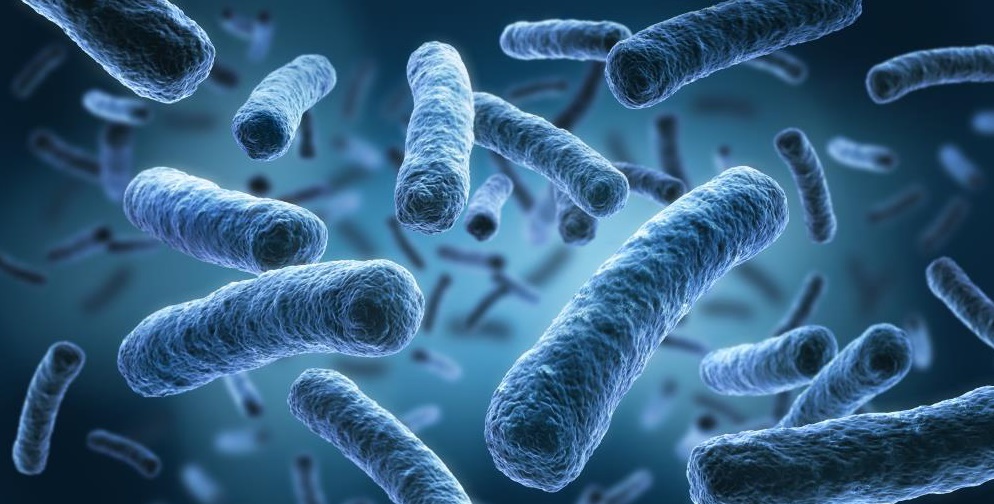
The development and use of antibacterial materials to inhibit and kill harmful bacteria is an important aspect to improve human health. Traditional antibacterial materials, such as antibiotics and quaternary ammonium salts, not only lead to microbial resistance but also cause serious environmental pollution. Nanomaterials have the characteristics of strong transmembrane ability, inhibition of efflux pump, and not easy to induce bacterial drug resistance, so they are expected to become a new substitute for antibiotics. The following are the nanomaterials that can be used for antibacterial purposes:
Among the many metals and their oxide nanoparticles, silver nanoparticles have the best antimicrobial effect and the most extensive research. Many researchers have confirmed that silver nanoparticles have effective inhibitory effects on bacteria, viruses, and fungi, especially on antibiotic-resistant strains.
The antibacterial effect of silver nanoparticles with different sizes is different, and generally, the effect decreases with the increase of particle size. In addition to silver nanoparticles, other shapes of silver nanomaterials, such as silver nanowires, and silver nanorods, also have antimicrobial activity, but differ in antibacterial effects.
Because of their unique physical and chemical properties, gold nanoparticles show good antibacterial effects in vivo and in vitro, whether they are used as antimicrobial carriers or modified therapeutic agents. Gold nanoparticles have a broad antibacterial spectrum, various antibacterial mechanisms, and good biocompatibility, so they have a good prospect of clinical application. However, the understanding of its structural stability, antibacterial mechanism, long-term safety, and cytotoxicity of surface modification remains to be further discussed and improved through follow-up research.
Molybdenum disulfide
A new type of antimicrobial agent was constructed by loading silver ion with cysteine modified molybdenum disulfide. This antimicrobial agent has broad-spectrum bactericidal behavior. It has obvious bactericidal behavior against Gram-negative Escherichia coli and Gram-positive Staphylococcus aureus. This material not only has a strong killing ability to harmful bacteria but also has little effect on human cells.
Fullerene
Lyon et al. found that no reactive oxygen species were detected in Escherichia coli treated with C60, indicating that the antibacterial mechanism of C60 may not depend on the active oxygen pathway. It has also been suggested by other studies that the antibacterial effect of fullerenes on prokaryotic cells is mediated by lipid peroxidation of cell membrane. Moreover, fullerenes also have antiviral effects. However, the antibacterial mechanism of fullerene is still controversial. Some scientists believe that fullerene can cause photocatalysis to produce reactive oxygen species in eukaryotic cells.
At present, there are many reports on the antibacterial properties of carbon nanotubes which have a good inhibitory effect on bacteria and fungi. The antibacterial properties of carbon nanotubes are affected by many factors. Single-walled carbon nanotubes with smaller diameters are favorable for segmentation and easier to penetrate into the cell wall, while their larger surface area is more conducive to contact and react with the cell surface. Therefore, the antibacterial performance of single-walled carbon nanotubes is better than that of multi-walled carbon nanotubes.
Researchers explored the antibacterial properties of graphene oxide and found that the inhibition rate to E. coli after incubation with graphene oxide nanosuspension for 2 hours exceeded 90%. Further results show that the antibacterial properties of graphene oxide stem from its damage to the cell membrane of E. coli. More importantly, graphene oxide is not only a new type of excellent antibacterial material but also has little cytotoxicity in mammalian cells.
Hydroxyapatite
Hydroxyapatite (HA) has good biocompatibility, biological activity, and thermal stability. By ion exchange, the silver ions are loaded on HA to obtain silver-loaded hydroxyapatite antibacterial agent, which was used in the spraying process and later stage of wet processing of leather. Its application range is wider than that of photocatalytic antibacterial agents, and its high-temperature resistance is better than that of other inorganic silver-carrying antibacterial agents. It is a promising inorganic antibacterial agent.
Other metal nanomaterials
Copper, zinc oxide, titanium dioxide, and other nanoparticles have antibacterial and antiviral activities. Heavy metal salts such as copper, lead, and mercury can react with sulfhydryl groups in proteins or replace metal ions in enzymes, resulting in the inactivation of most enzymes. Therefore, heavy metal ions have broad-spectrum antibacterial and antiviral activity. In addition to the above materials, graphene quantum dots, nitrogen carbide, nano-diamonds, etc. all exhibit huge antibacterial potential. However, in the process of transforming them into practical applications, many problems need to be faced and more researches should be done.
References:
1. Li, Q., Mahendra, S., Lyon, D. Y., Brunet, L., Liga, M. V., Li, D., & Alvarez, P. J. (2008). Antimicrobial nanomaterials for water disinfection and microbial control: potential applications and implications. Water research, 42(18), 4591-4602.
2. Sayes, C. M., Gobin, A. M., Ausman, K. D., Mendez, J., West, J. L., & Colvin, V. L. (2005). Nano-C60 cytotoxicity is due to lipid peroxidation. Biomaterials, 26(36), 7587-7595.
